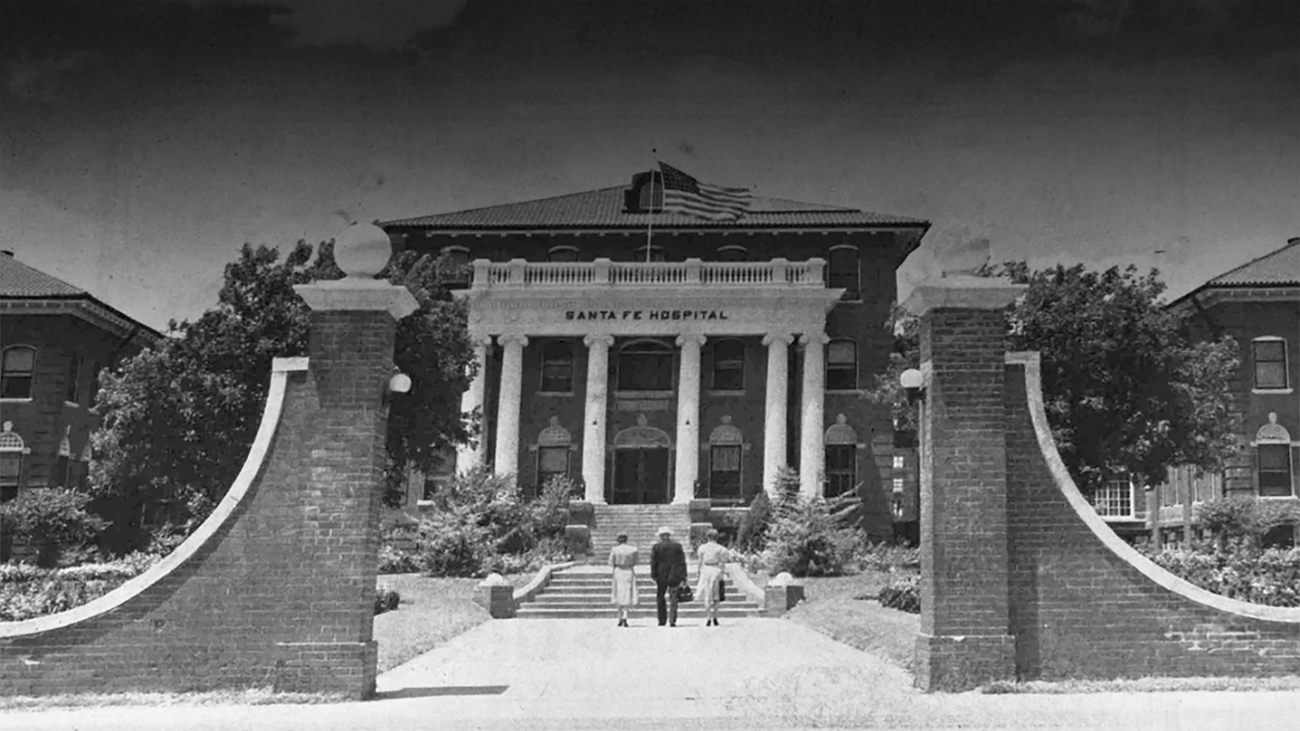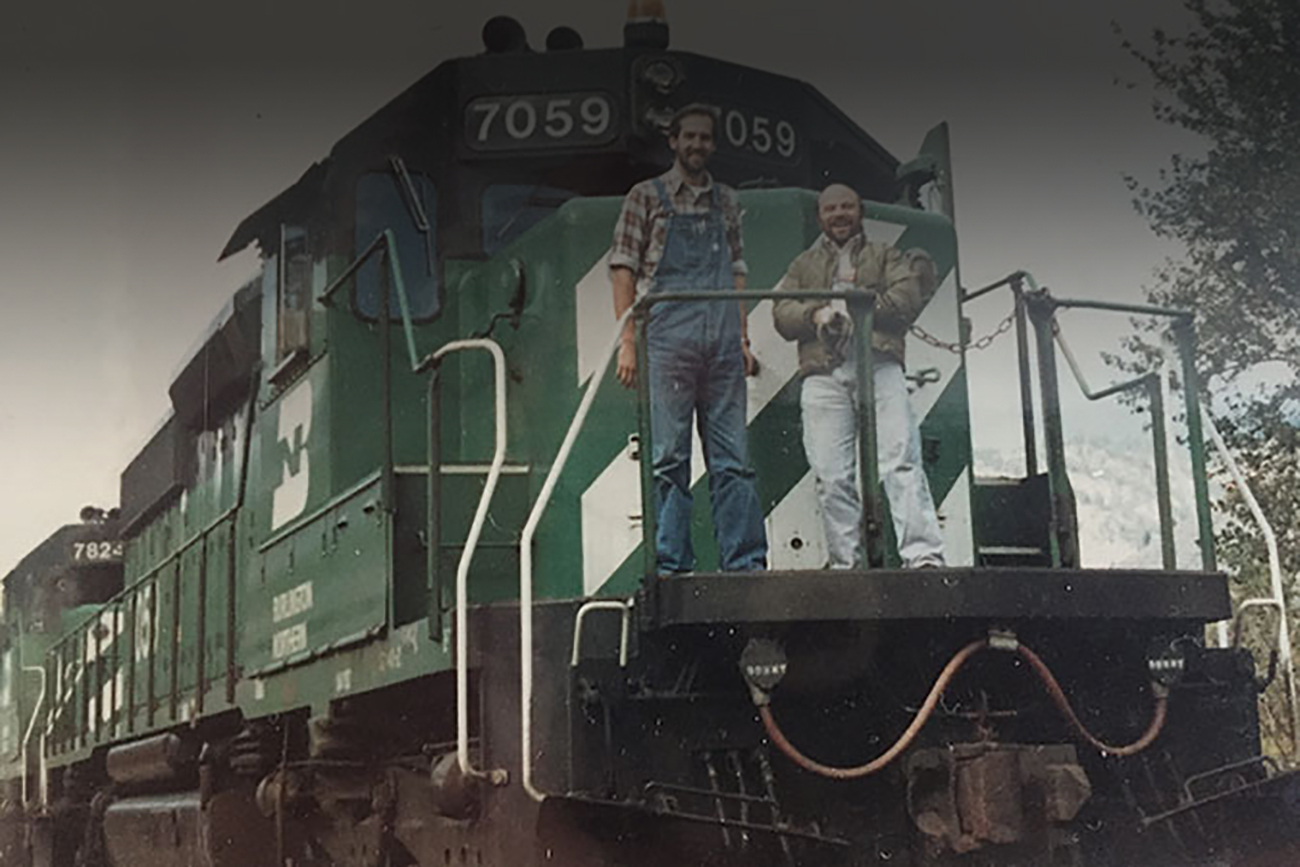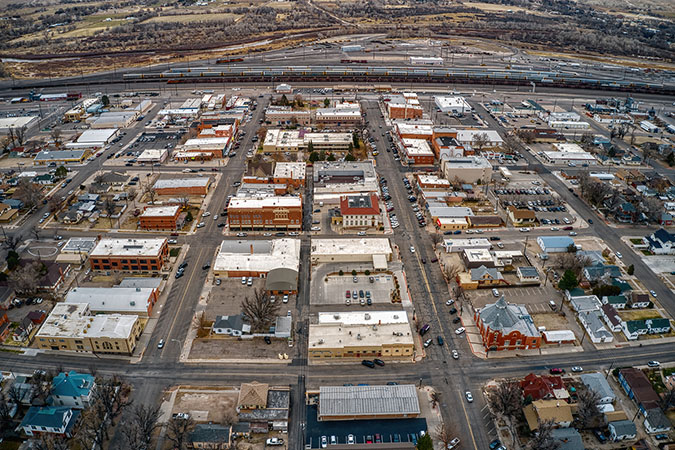
La Junta, Colorado: A historic BNSF junction that still connects
By SUSAN GREEN
Staff Writer
With the name La Junta – Spanish for “junction” – this southeastern Colorado city is most definitely a railroad town. La Junta (pronounced La Hoon-tah) originally referred to the intersection of the Santa Fe Trail and the Trappers Trail. When the railroad arrived in 1875, one branch went to Albuquerque, New Mexico, the other to Denver.
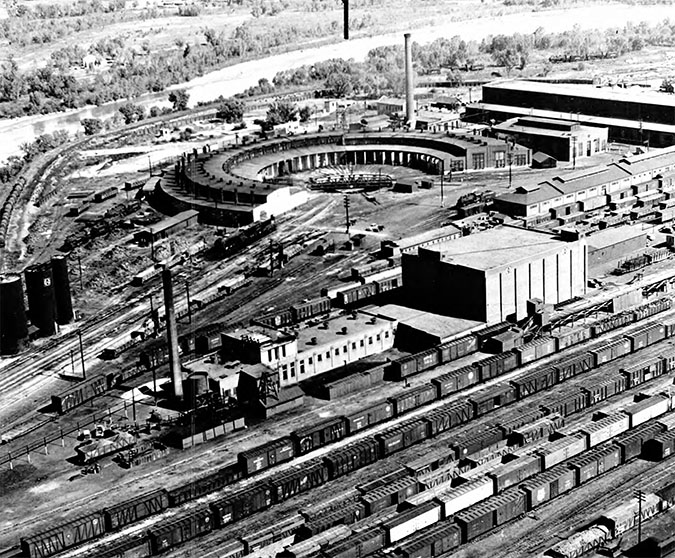
For many years, La Junta was a major hub for BNSF predecessor Atchison, Topeka & Santa Fe Railway (AT&SF or Santa Fe), and was home to a large roundhouse, general offices and about 2,000 employees. A Fred Harvey hotel here also housed the passenger station, ticket office and baggage room. The building was replaced in the 1950s with a new station.

Today, La Junta remains a key junction on our La Junta Subdivision, stretching east across southern Kansas. In an average week, La Junta sees 48-50 trains, predominantly coal, grain and merchandise trains plus some intermodal.

Amtrak’s Southwest Chief also runs through La Junta, running daily from Chicago to Los Angeles and back. Amtrak not only uses BNSF tracks it also shares the station and a safety mindset.
“Amtrak and BNSF participate in bi-weekly meetings to discuss safety-related concerns and provide a safe working environment,” said Zach Novitske, division trainmaster. “The meetings also consist of planning monthly events as part of Operation Lifesaver. These are hosted jointly and seek to educate the public on railroad safety.”

That collaboration speaks to the character of the community and its residents, about 120 of whom are BNSF employees.
“La Junta is special, being smaller in size,” said Novitske. “That allows for more face time and open dialogue. We can truly pick each other’s brain about safety concerns or observations as well as find ways we can be more efficient.”
Another way BNSF and Amtrak recently collaborated was through a public-private partnership to replace 130 miles of jointed rail with continuous welded rail (CWR) on 130 miles of the subdivision. CWR benefits include a smoother ride, reduced delays and better reliability.
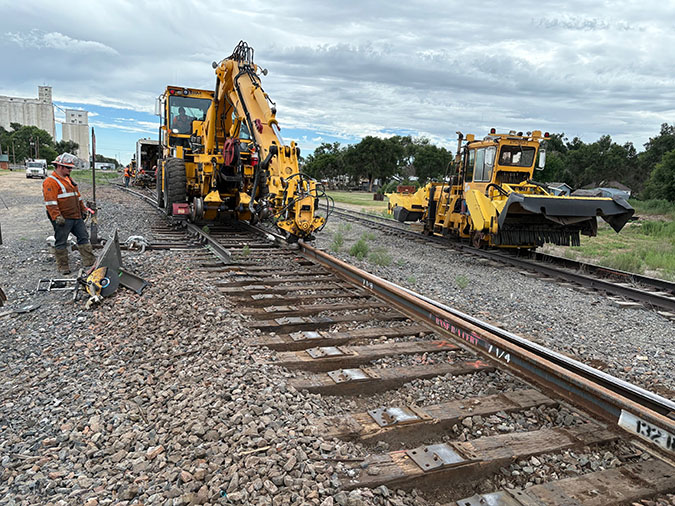
BNSF contributed $12 million to the $88-million project. The balance was awarded through federal discretionary grants and non-federal match commitments from Amtrak, the Colorado and Kansas Departments of Transportation and others, including municipalities within the subdivision.

Local industries also benefit from the new rail. Because land here produces onions, cantaloupes, sugar beets and other crops, there are nearby farm- and food-related businesses. La Junta also serves Lewis Bolt and Nut company, which specializes in railroad anchors, bolts and spikes. The company was established in 1921 by BNSF predecessor Northern Pacific Railway (NP), and is still one of the major employers here.
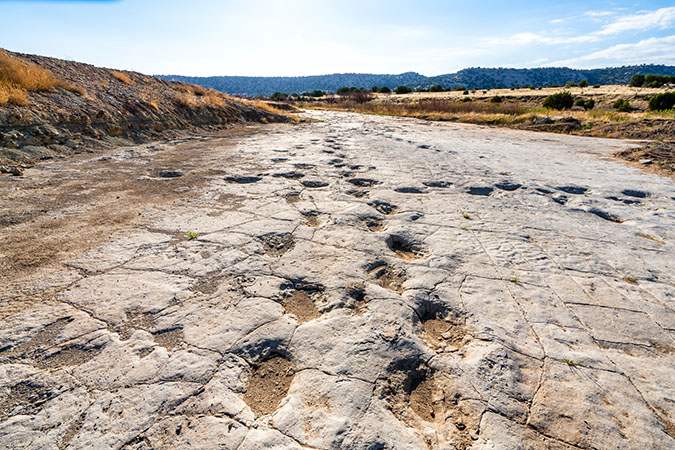
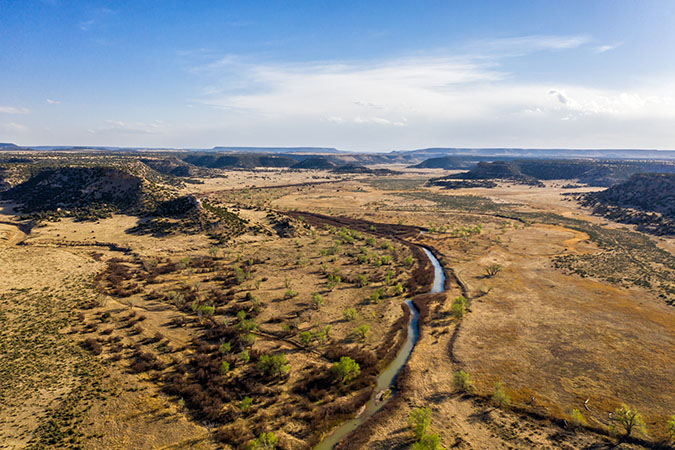
The city also serves as a gateway to the Comanche National Grassland, a public land that offers outdoor recreation opportunities. And for those into spiders, La Junta is Tarantula Capital of the World due to the massive annual migration of male tarantulas seeking mates in the surrounding grassland. Each fall the city hosts Tarantula Fest.

“La Junta was an important part of Santa Fe founder Cyrus K. Holiday’s vision to extend the railroad to the West Coast,” said BNSF Executive Director Public Affair Andy Williams. “Today it remains a critical link in the movement of goods and people in Colorado and points beyond, linking the state’s businesses to markets around the globe.”
